Understanding and Managing Food Allergies for a Joyous Holiday Feast
Food allergies are so prevalent that you can hardly avoid at least one joining you at your family meal for the holidays, and it’s not just kids anymore. Adults can develop food allergies later in life as well. Severe GERD (gastroesophageal reflux disease) can sometimes be a food allergy or intolerance symptom. Read more to find out how to keep your guests and friends safe at your table this holiday.
Identifying the 9 Major Food Allergens:
In 2004, congress passed the Food Allergen Labeling and Consumer Protection Act (FALCPA) that designated eight foods as major allergens (fish, shellfish, peanuts, tree nuts, eggs, soy, milk, wheat) because they made up 90% of food allergic reactions in the United States. In January 2023, sesame was added to the list to make the “9 Major Food Allergens”.

Manufacturers are required to list the major allergens clearly on any food label for products with two or more ingredients. This labeling keeps consumers safe because many ingredients are difficult to decipher. You’d be surprised how many ingredients are milk-derived or wheat-derived, and you would have no idea unless you asked Alexa or Siri. For example, ask one of them what casein is. Or do you know already?
How to Find Allergens on the Food Label:
If you’re looking for a specific allergen on the food label, don’t just look at the marketing on the front. You must read through the whole ingredient list to know if something contains the allergen. There are three different ways companies are allowed to report allergens in the ingredient list on food products. They can list it clearly on its own, type it in parentheses, or type it out behind the word “contains” at the bottom of the list. I often find myself just looking for that clearly stated “contains” at the bottom of the list, and it might not be there, but the allergen might still be hiding in the list. The safest option is to read the entire ingredient list.

Just because those nine foods are common food allergies doesn’t mean someone couldn’t have a severe allergy to something completely different, like coconut; knowing how to find those nine is an excellent start.
Tips for Avoiding Cross-Contact:
Now that you know where to find ingredients containing allergens, let’s talk about how to avoid letting allergens into your cooking or baking. When an allergen gets into a food that normally does NOT contain that allergen, that’s called cross-contact.
One of the easiest ways to avoid cross-contact is by cooking or baking food for the person with food allergies first and on a clean surface. When I make my family sandwiches, I make my son’s (milk-free) turkey sandwich first and put it in a baggie safe from the other sandwiches I’ll be prepping with cheese. That way, I don’t have to worry about touching cheese and forgetting to re-wash my hands (again).
Washing your hands is another great way to avoid passing allergens AND germs from one food to another. Hand sanitizer will NOT do. It would be best to wash the food proteins away and down the drain off your hands. Just touching some peanuts, dusting off your hands, and then making a sandwich for someone with a peanut allergy could cause an allergic reaction. Peanut allergy is often one of the most severe allergies.
Have your baking pans “seen better days”? They can trap food proteins in the corners. You can line your pans with parchment paper or aluminum foil and bake on top of that clean surface.
If you’re serving a buffet at the counter for guests, ensure each item has its own serving spoon and announce to your guests that using the designated spoon is important. You don’t have to shout that John has a tree nut allergy, but you can just say you’re being cautious of food allergies for the whole group.
Do you really want to get creative for your holiday party? Make some pretty food labels to list the allergens in each food so people can both avoid them more easily.
Using separate utensils is especially important for simple condiments like peanut butter, jelly, and butter. Both peanut butter spread and traditional butter for your breakfast toast contain allergens. I like to buy Smucker’s® squeeze bottle jelly so no one is tempted to put a buttery knife in it.
The key is keeping food for the person with food allergies away from their allergen; don’t let them touch. And keep your hands clean throughout the cooking process.
You can hardly cook for a large group anymore without having at least one allergy to avoid. Keep these tips handy so you don’t panic when your food allergy friends show up next time. The holidays are much more fun when everyone can enjoy themselves.
- Avoiding cross-contact. FoodAllergy.org. (n.d.).
- Center for Food Safety and Applied Nutrition. (n.d.). Food allergies. U.S. Food and Drug Administration.




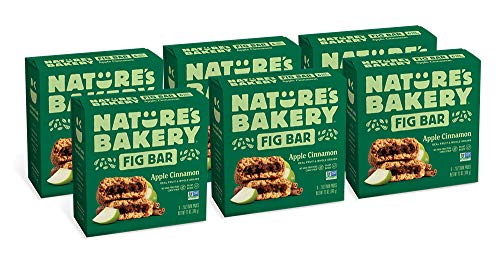
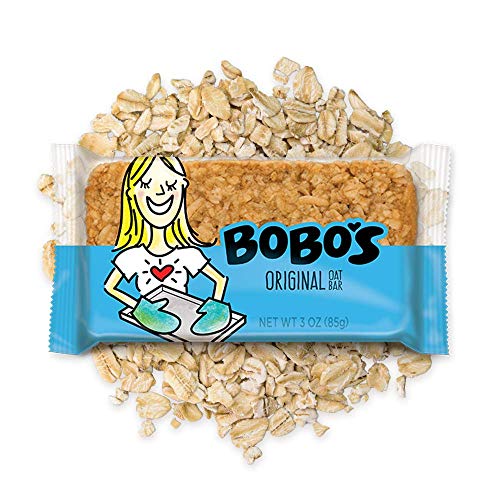

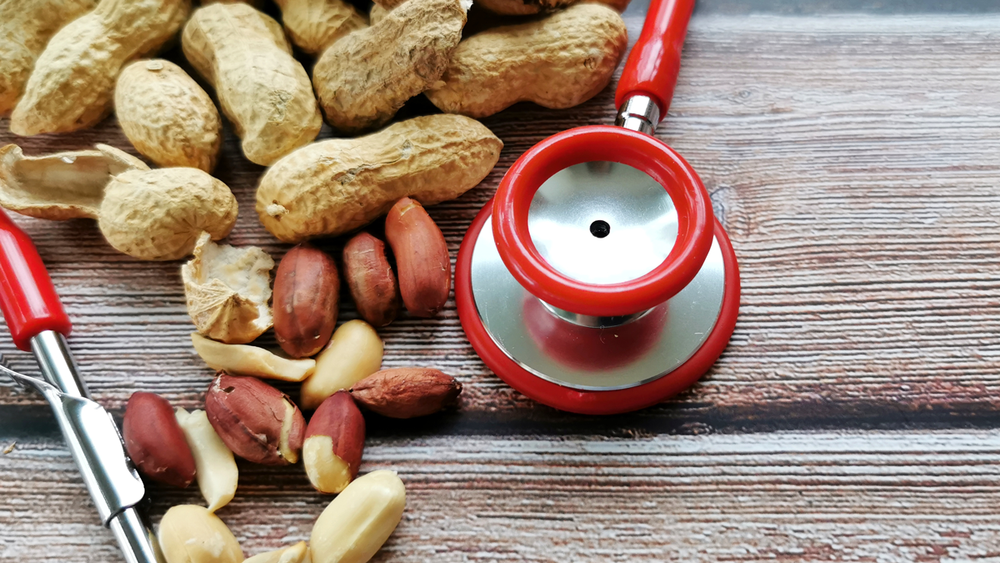

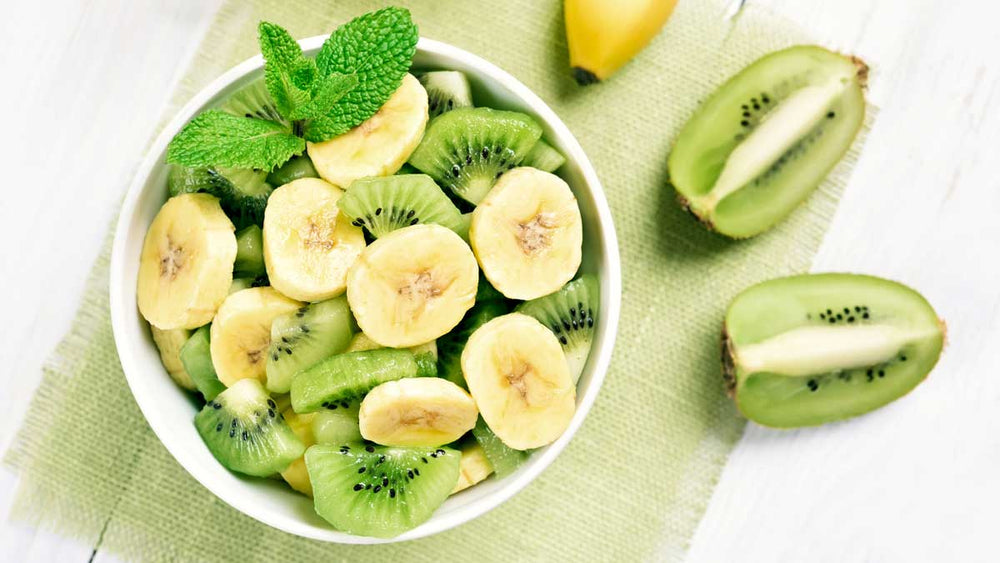

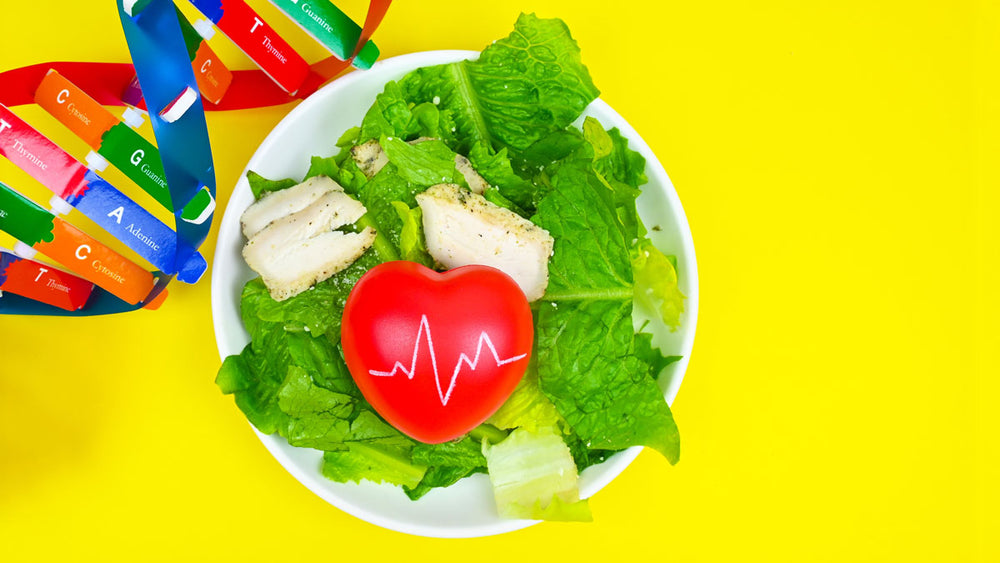

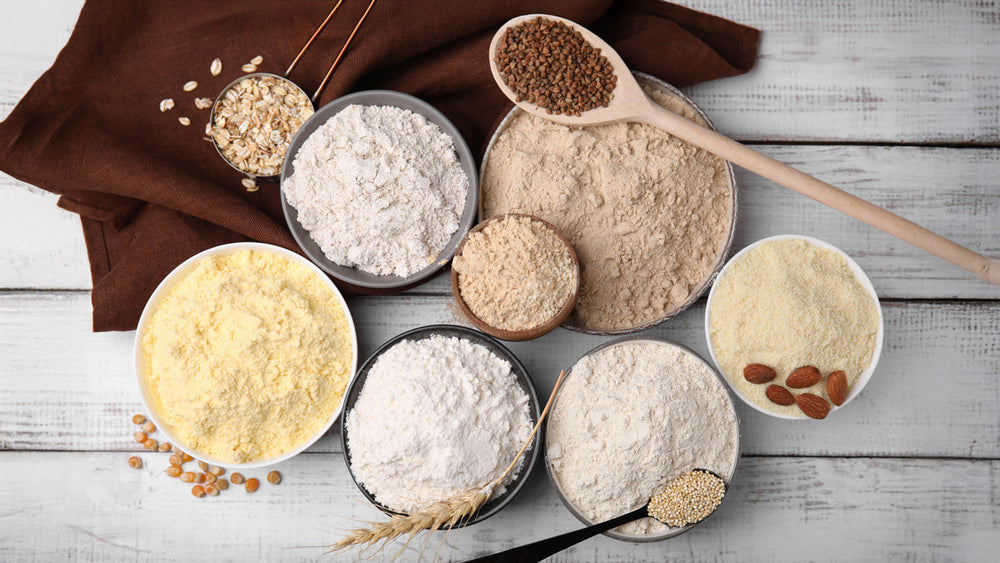

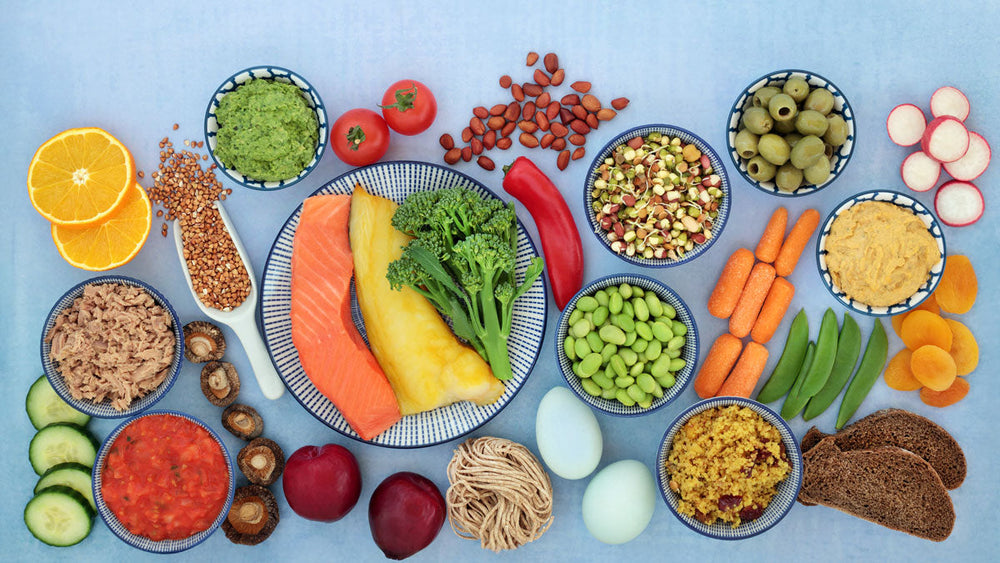





Comments
Join The Conversation...